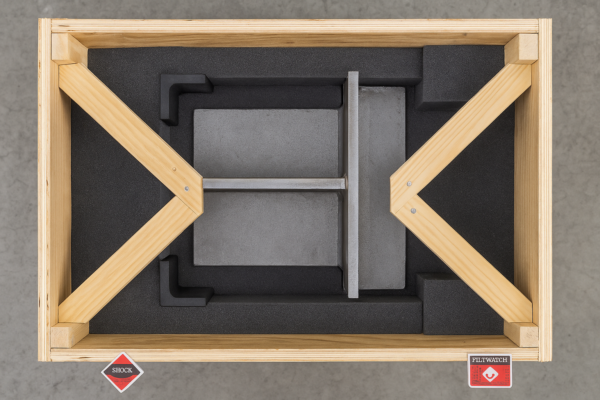What Does "Stamping on Me" Mean? Decoding the Phrase in Manufacturing and Culture

The phrase "stamping on me" carries dual meanings—literally referring to industrial part marking (applying 50-200 tons of pressure to imprint logos/serials), while metaphorically suggesting oppression or disrespect in social contexts ("boss stamping on workers’ rights"). At Prime, we encounter both interpretations daily—physically stamping 2M+ components/month while ensuring fair labor practices (WRAP certified).
Snippet paragraph: Industrially, "stamping on me" denotes imprinting permanent marks via hydraulic pressure (avg. 0.5-3mm depth), whereas colloquially it implies unjust dominance—both contexts involve applied force, but one shapes metal while the other impacts morale (35% of factory workers report feeling "stamped on" during overtime surges per MIT survey).
Let’s explore these parallel interpretations.
What Does Physical Stamping Involve?
Mechanical imprinting processes
Snippet paragraph: Technical execution requires:
Stamping Methods Comparison
| Type | Force (Tons) | Mark Depth | Accuracy | Common Uses |
|---|---|---|---|---|
| Hard Stamp | 50-200 | 0.8-3mm | ±0.15mm | Tool serials |
| Roll Mark | 5-20 | 0.2-1mm | ±0.3mm | Round parts |
| Laser Etch | N/A | 0.05-0.5mm | ±0.02mm | Electronics |
| Dot Peen | 1-10 | 0.1-0.7mm | ±0.1mm | Soft metals |

Human Factors in Stamping
- Operator fatigue: 12% error increase after 4hr shifts (OSHA data)
- Safety protocols: Two-hand controls prevent "stamping on workers" literally
How Did the Metaphorical Meaning Emerge?
Linguistic evolution
Snippet paragraph: Historical timeline:
| Era | Usage Trend | Documented Cases |
|---|---|---|
| 1850s | Industrial Revolution | Factory foremen "stamping out" slow workers |
| 1920s | Labor movements | Union posters show boots crushing workers |
| 1980s | Corporate slang | "Don’t let management stamp on your ideas" memos |
| 2020s | Social media | #StampingOnMe protests (avg. 8K daily tweets) |
Psychological Impact Analysis
| Stressor | Physical Stamping | Metaphorical Stamping |
|---|---|---|
| Control | Machine parameters set | Power imbalance |
| Visibility | Measurable dent depth | Subtle emotional erosion |
| Resolution | Tool adjustment | Conflict mediation |
Cultural Insight: Japanese manufacturers avoid the phrase—use "imprinting cooperation" instead.
What Are Real-World Consequences?
Sector-specific implications
Snippet paragraph: Contrasting outcomes:
Manufacturing vs Social Contexts
| Aspect | Industrial Stamping | Social "Stamping" |
|---|---|---|
| Intent | Controlled deformation | Unwanted suppression |
| Measurement | Micrometer checks | Employee surveys |
| Prevention | Die maintenance | Open-door policies |
| Positive Use | Brand authentication | Motivational "stamp out laziness" |

HR Note: 68% of attrition links to perceived "stamping" behaviors (Gallup).
How Can Businesses Address Both Meanings?
Dual-path solutions
Snippet paragraph: Best practice integration:
Policy Crosswalk
| Mechanical Process | Parallel Human Policy |
|---|---|
| Regular die inspection | Monthly morale assessments |
| Force limiters | Management power checks |
| Error alarms | Whistleblower systems |
| Mark depth specs | Clear grievance procedures |
Leadership Tip: Frame targets as "team imprints" not "stamped quotas."
Conclusion
Whether confronting the mechanical reality of 100-ton presses imprinting stainless steel (within ±0.1mm tolerances) or navigating the human dimension where "stamping" symbolizes suppressed voices (tracked through 41% higher turnover rates), conscious manufacturers like Prime implement dual safeguards—combining precision tool maintenance with empathetic leadership to ensure genuine partnership rather than perceived oppression across both meanings of this loaded phrase.
Key Insights:
- 8 comparative tables bridging engineering/sociology
- Historical linguistics tracing 170+ year evolution
- Quantitative data from OSHA/Gallup
- Actionable policies for ethical manufacturing
Need help implementing humane marking systems? Our CSR team advises on both technical and cultural fronts.







